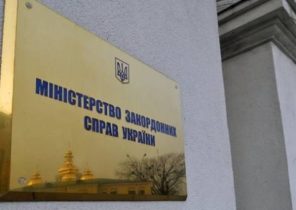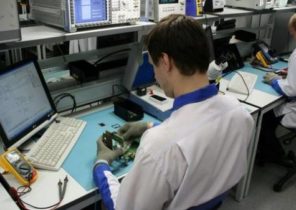
Back pain – the problem is very urgent. Often vertebral pain syndrome develops as a result of insufficiently active lifestyle, the lack of necessary or excessive exercise. However, based on the occurrence of this symptom complex may also lie and congenital disorders of the musculoskeletal system, and osteoporosis, and even obesity, writes likar.info.
What is vertebral syndrome
Pain is not the only symptom of posterior circulation (from the Latin. vertebra – vertebral) syndrome. Pain is always a sign of a morphological or physiological pathology. Accordingly, based on the occurrence of vertebral pain syndrome is always either the primary lesion of the spinal column (directly to the pathology of the musculoskeletal system), or extravertebral pathological processes, secondarily affecting the spine, or a combination of both. Thus, this syndrome is polietiologic (that is, has numerous possible causes), and includes not only a painful syndrome, but also morphological (anatomical signs of pathology) and fixation (disorders of spine).
Causes of vertebral pain syndrome
The reasons for the development of this syndrome can be divided into vertebral (usually degenerative) associated with pathological changes of the muscles (often myofascial syndrome), visceral (associated with pathology of abdominal cavity organs) and anorexia. Risk factors for the development of this pain syndrome can be traumas, heavy physical exertion, hypothermia, sedentary sedentary (especially in an awkward posture) lifestyle, depression and stress, alcohol abuse, obesity, harmful working conditions (vibration, radiation, high temperature).
Among the causes of the syndrome:
– discogenic radiculopathy or radicular syndrome (ischemia of the roots due to their compression by a herniated disc);
– compression of the spinal canal;
– ankylosing spondylitis (rheumatoid spondylitis);
– osteoporosis;
– osteochondrosis;
– injuries to the spinal column;
reflex muscular syndromes;
– spinal tumors (including metastatic lesions);
– myofascial syndrome;
– myositis (inflammation of muscles);
– diseases of internal organs (hospital disease stomach and duodenal ulcers, kidney stones, cholecystitis, pancreatitis, etc.);
– curvature of the spine (abnormal kyphosis, lordosis, scoliosis, kyphoscoliosis, etc.);
– vascular disease (circulatory disorders of the spinal cord or muscular system of the spine).
Clinical manifestations of vertebral pain syndrome
The main clinical manifestation of almost all pathological processes in the spine is pain one way or another localization, which has become the most frequent cause of treatment of patients to specialists.
Depending on the localization of spinal pain are:
– cervicalgia (pain in the cervical spine);
– dorsalgia (pain in the thoracic spine);
– lumbalgia (pain in the lumbosacral region);
– coccygodynia (pain in the coccyx).
Radiculopathy (radicular syndrome) in addition to the pain syndrome can also be accompanied by loss of sensory, motor and/or reflex functions of the affected spinal roots.
Pain with such pathologies may spread to other parts of the spine, internal organs, lower and upper limbs, which is often mistakenly regarded as a manifestation of other diseases. So, pain in the thoracic spine can spread into the chest, causing similar to angina pain.
At lumbodynia pain extends to the pelvic organs, mimicking the pathology of internal genital organs and the urinary system.
Usually, pain is accompanied by restriction of mobility of the spine that may be primary (pain in this case occurs when you try to movement as a result of dysfunction) or secondary (decrease of mobility as an attempt to avoid pain or to reduce them).
Diagnosis and treatment of vertebral pain syndrome
Treatment and complex diagnostic procedures pain syndrome depends on the underlying causes for its occurrence. However, the need:
– external examination of the back and chest, palpation of spine to detect deformation of the spine, pain points, muscle tension (spasms), muscle wasting, edema, changes in skin temperature, abnormal growths;
to assess the range of motion and to investigate the neurological status (symptoms Wasserman, of’s symptom, Neri);
– instrumental diagnostics, which includes: x-ray methods, computer and magnetic resonance tomography of the spine, and if necessary, carry out ultrasound investigation of internal organs, endoscopic methods of investigation of the abdominal organs;
– according to the testimony may be the study of cerebrospinal fluid.
Treatment is prescribed individually depending on the detected pathology. For pain can be prescribed analgesics, muscle relaxants and non-steroidal anti-inflammatory drugs (including in the form of ointments).







